Spanning over two decades with seven core entries and numerous expansions, Sid Meier’s Civilization and the games that followed have become cornerstones of the gaming industry. With Civilization: Beyond Earth, developer Firaxis is finally taking a break from playing in the past, and instead is looking onward towards humanity’s future. There’s no better time than now to look back at this 4X strategy series’ evolution and rediscover the origins of these incredibly engrossing games. Unless, of course, you’re thinking of Civilization World. This ill-conceived Facebook game has been annexed from our list and has since been discontinued.
Sid Meier’s Civilization (1991)

In the early 90’s, game designer Sid Meier and his team at developer MicroProse released the turn-based strategy game Civilization for the PC. This scope of this game was much larger than the scope of its contemporaries, such as SimCity. Instead of managing a single metropolis, players in Civilization wielded the entirety of human history. They guided their chosen people--including the Aztecs, Romans, and others--from the Bronze Age all the way to the 21st Century, along the way fighting wars, earning wealth, and conducting diplomacy. Victory was achieved by either wiping out the other players, or by sending a manned spacecraft to the distant Alpha Centauri system. Civilization was an instant hit with the PC crowd and helped lay the foundation for both this legendary strategy series as well as the 4X strategy genre.
Sid Meier’s Civilization II (1996)
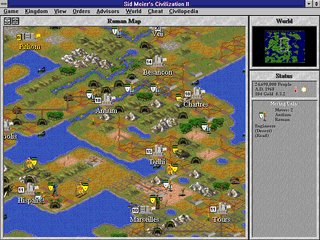
Five years after the first Civilization, MicroProse finally released the follow-up to their top-selling strategy game. Civilization II recaptured everything players loved about the original and freshened it up with a new, isometric graphical style. Amid the new units and balance tweaks, Civilization II also followed true, mid-90’s game design form by including extremely cheesy live action full-motion video scenes. Its victory conditions also created an interesting wrinkle. While the game technically ended after one player either defeated all the others, reached Alpha Centauri, or the game simply reached the year 2020, players could keep on playing indefinitely. In 2012, Reddit user Lycerius made a startling post describing a decade-long game of Civilization II and the hellish conditions in which his world new resided.
Sid Meier’s Civilization III (2001)
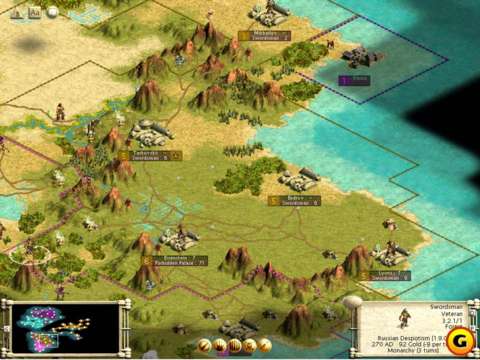
By the time Sid Meier’s Civilization III hit store shelves, a lot had changed for this strategy series behind the scenes. Sid Meier had since left MicroProse and started a new development studio, Firaxis Games, which had already released Sid Meier’s Alpha Centauri two years earlier. Civilization III carried over many of the improvements Alpha Centauri made to Meier’s strategy formula, including greater diversity between civilizations through specialized units, improved national borders, and a more tactically engaging map. Expanded diplomatic and culture options also opened up new, peaceful ways to achieve victory. While Civilization III was a fantastic game, it would take another four years before the series reached what many fans consider to be its pinnacle.
Sid Meier’s Civilization IV (2005)
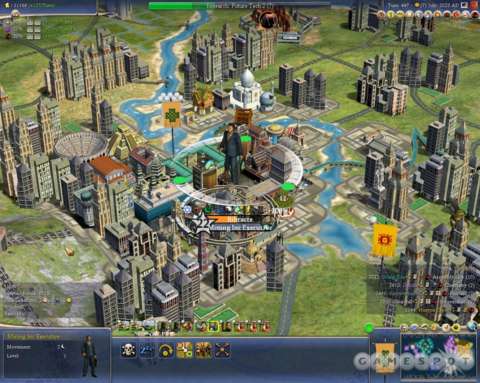
And now, we’ve reached the top of the mountain. Sid Meier’s Civilization IV, combined with its expansions, makes for some of the most engrossing, most strategically rewarding gaming in the medium. This game took all the designs--all the pieces--of past Civilization games and refined them to near perfection. The tweaks and improvements are far too long to list here, but virtually no part of this series’ formula went untouched. It captured players’ attention for days on end, but there was another reason for the game’s longevity: mod support. While game modification was possible in previous Civilization games, Civilization IV gave players tools to alter the game on multiple layers, from creating simple maps to adjusting the behaviors of the game’s AI. Sid Meier’s Civilization IV is a masterpiece, so where could the series go from here?
Sid Meier's Civilization Revolution (2008)
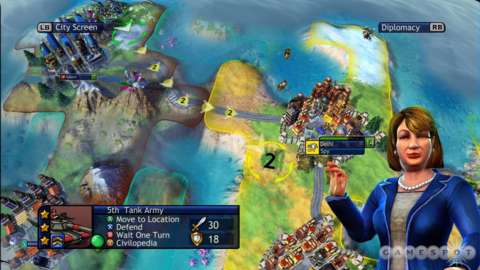
The answer: consoles. Some past Civilization games had also been released on consoles, but Civilization Revolution was designed from the ground up specifically to work with the limited functionality of a gamepad (and later, a touchscreen). While its predecessor, Civilization IV, touted depth and complexity at every turn, Revolution did the exact opposite. This game streamlined, stripped out, and otherwise simplified the series’ formula down to its most basic parts. Because of this, a game of Revolution tended to be much shorter than a game of Civilization IV, lasting only a few hours instead of a few days. Even so, the game was still immensely enjoyable.
Sid Meier’s Civilization V (2010)
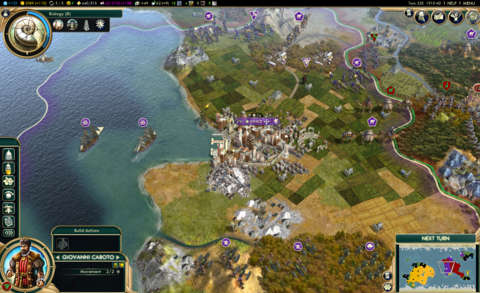
Sid Meier’s Civilization V was another unexpected turn of events. This game wasn’t just some wacky console offshoot; it was next official entry in the masterful Civilization series. Even so, Meier and his team at Firaxis weren’t afraid to once again shake up the most fundamental aspects of the Civilization formula. Chief among these was the game’s shift from playing on a square grid--a series mainstay since the very beginning--to hexagonal tiles. Military units could no longer be grouped on a single tile, and independent city-states were introduced. Together, these changes and many others acted as the series’ great equalizer. Newcomers and veterans alike had a new Civilization game to master.